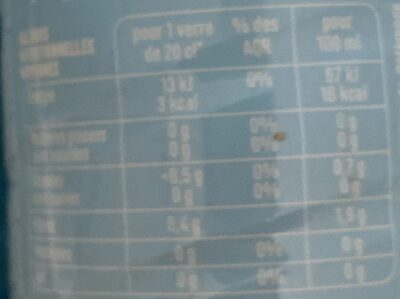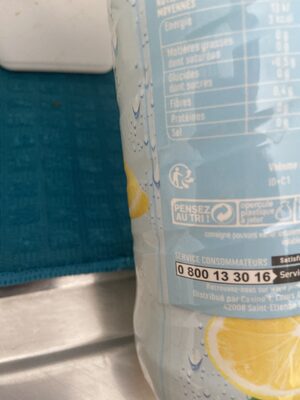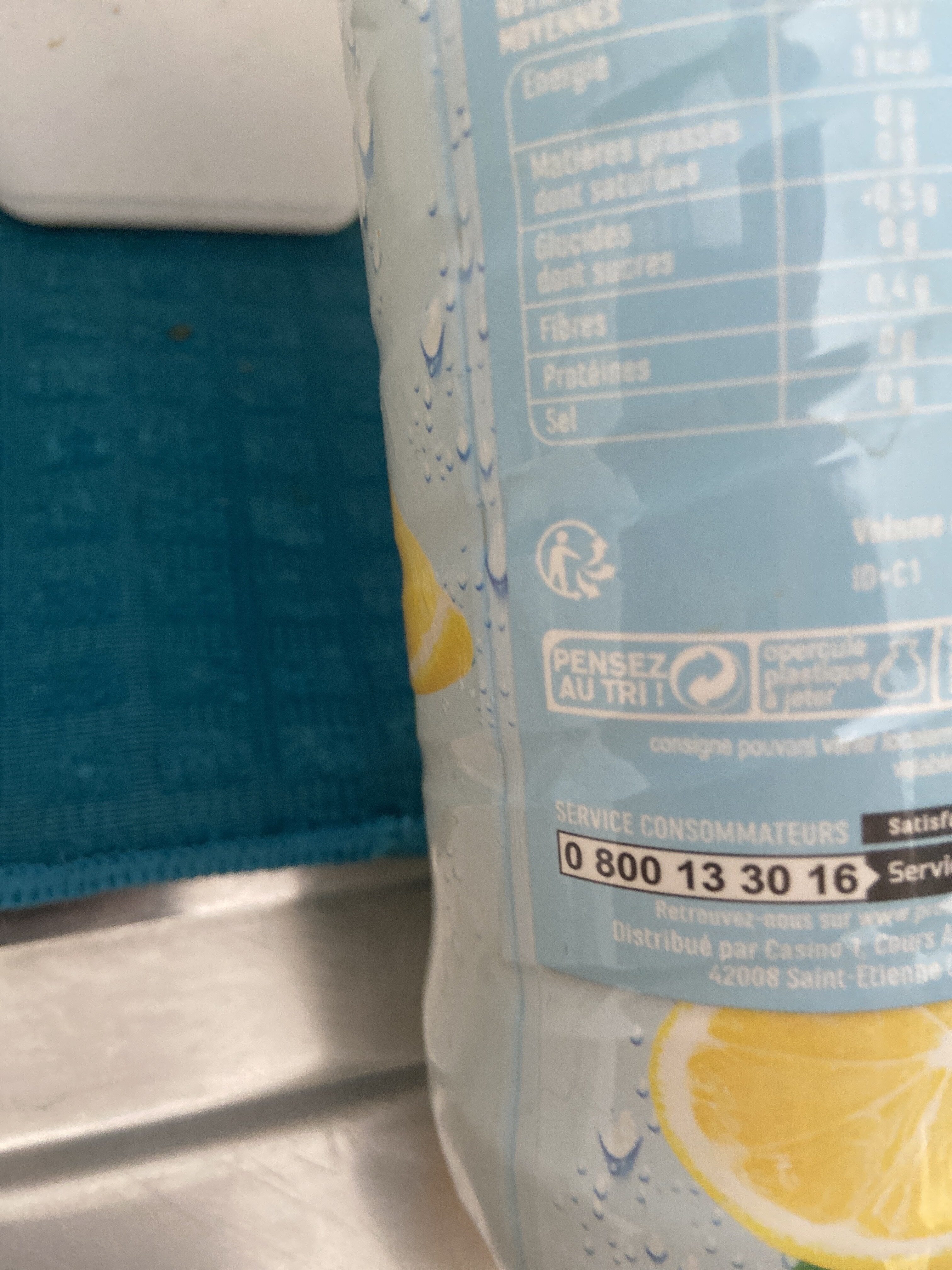Boisson concentrée saveur citron - Casino - 75 cl
This product page is not complete. You can help to complete it by editing it and adding more data from the photos we have, or by taking more photos using the app for Android or iPhone/iPad. Thank you!
×
Some of the data for this product has been provided directly by the manufacturer casino.
Barcode: 3222475325984 (EAN / EAN-13)
Common name: Boisson concentrée à diluée, avec édulcorants saveur citron
Quantity: 75 cl
Brands: Casino
Brand owner: Casino
Categories: Beverages, Syrups, Artificially sweetened beverages, Flavoured syrups, Sugar-free flavoured syrups
Stores: Casino
Countries where sold: France
Matching with your preferences
Other information
Other information: Sans sucres
Preparation: Agitez avant emploi. Diluez 1 volume de boisson concentrée dans 9 volumes d'une autre boisson.
Conservation conditions: Avant ouverture : à conserver à l'abri de la lumière et de la chaleur. Après ouverture : à conserver au réfrigérateur et à consommer dans les 3 mois.
Recycling instructions - To recycle: Bidon et bouchon plastique à recycler
Recycling instructions - To discard: opercule plastique à jeter
Report a problem
Data sources
Product added on by openfoodfacts-contributors
Last edit of product page on by segundo.
Product page also edited by alm1412, autorotate-bot, casino, casino-off, kiliweb, org-casino, teolemon, yuka.Rzc0c01QeGZ2Y3NBb2ZGditSYm4vdWw4OTQ2NFYzSHZkUFpQSVE9PQ, yuka.V1p3T0Q0Z085NmNNcWM4bDJRN095dE5FbjRXTmRrT1VHc3hLSVE9PQ.










